The Granada Theatre Celebrates 100 Years
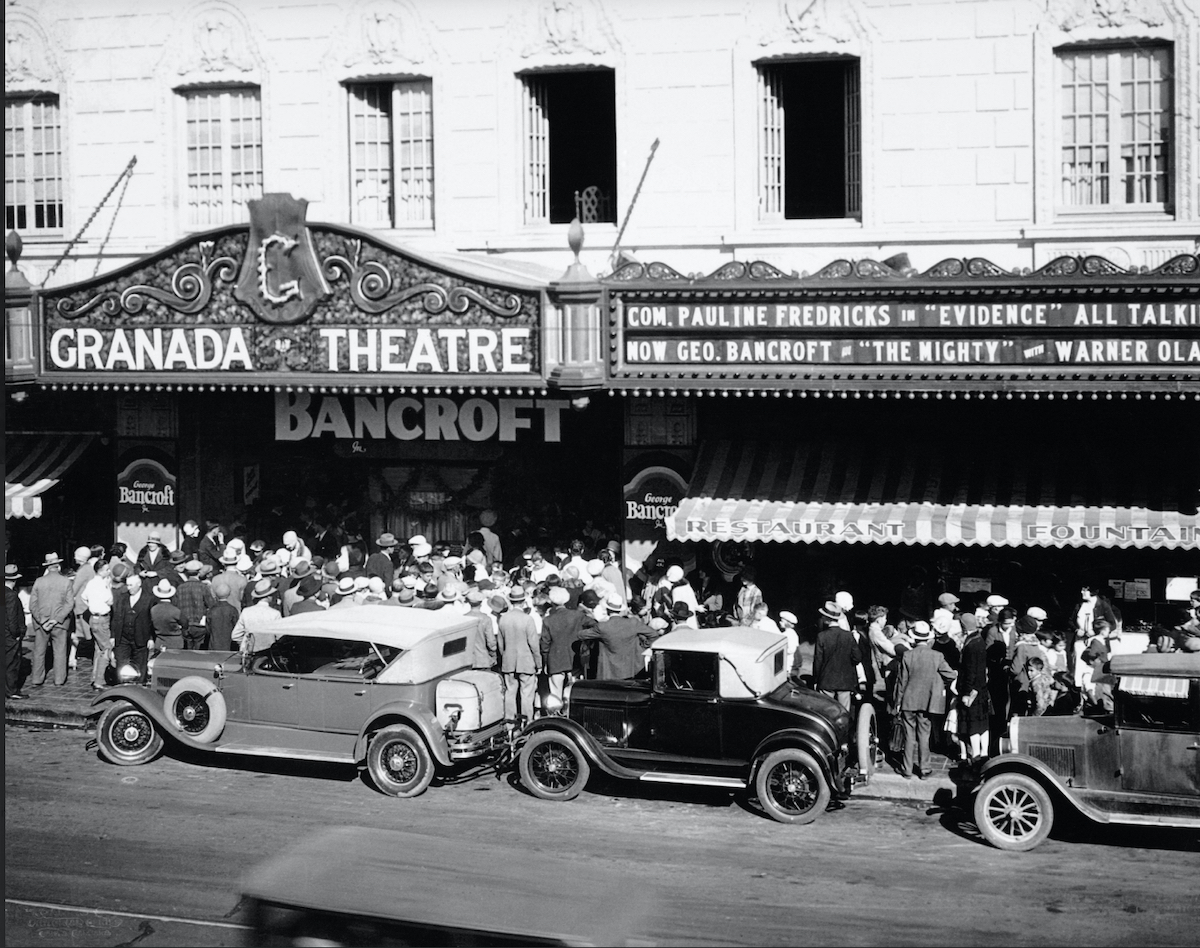
In December 1922, Edward A. Johnson, president of the California Theater Company that owned most of the movie houses in Santa Barbara, announced plans to build a theater and eight-story office building on State Street. Despite touches of Spanish design, many felt the tall rectangular structure did not suit Santa Barbara’s emerging Mediterranean style. Nevertheless, “Santa Barbara’s only skyscraper” opened its doors with great fanfare on April 9, 1924, just a few months before the Lobero Theatre was completed.
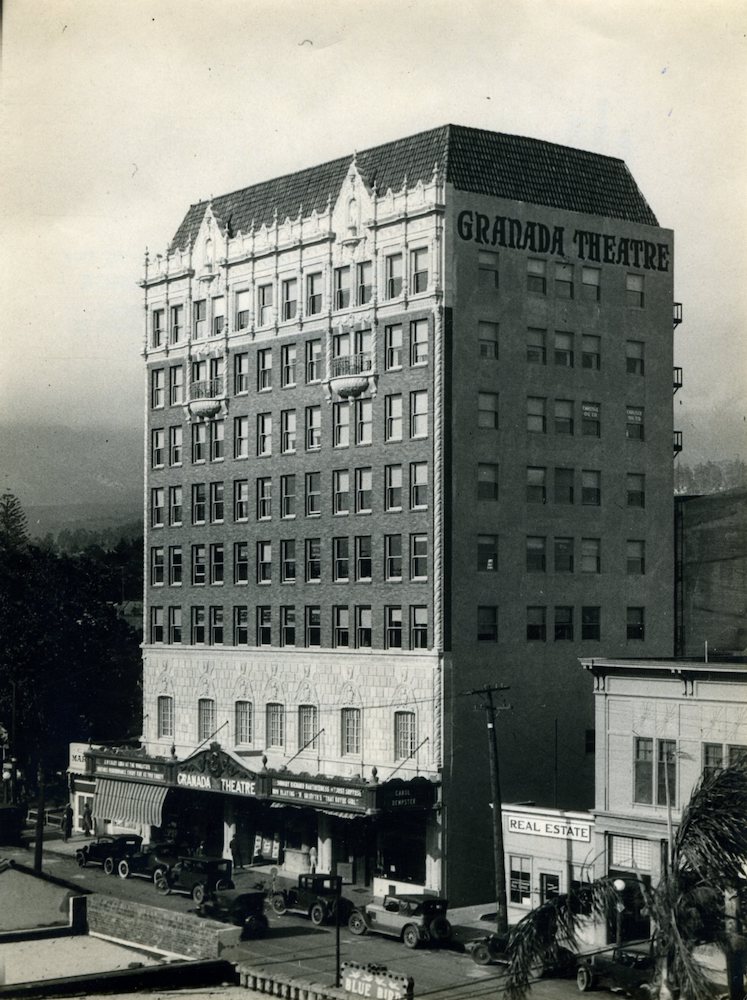
The new theater featured an enormous Wurlitzer organ that would accompany the action and scenes in silent movies with appropriate sound effects. For the comfort of patrons, luxurious retiring rooms were furnished with over-stuffed furniture, a small nursery, and several smoking compartments. There were five stories of dressing rooms and the latest in theater lighting and stage systems. Spanish features throughout included a 40-foot dome from which hung an enormous chandelier shaped like a Moorish disk, handwrought light fixtures, and a curtain painted with a scene of Granada, Spain.
The appointments and décor of the interior emulated the Spanish motif. The foyer, which resembled a baronial entry hall, had a richly decorated beam ceiling of Mudéjar design. Above a large fireplace, a saint-like statue stood in a niche, an intricate wrought iron fixture hung from somber walls highlighted with gold and silver, and a fountain bubbled with colored water. Richly carpeted grand stairways and large Spanish mirrors completed the castillo-like effect.
Johnson chose his opening program to include the wide variety of acts that could be shown at the Granada. The “Great Sarli” (Antonio P. Sarli) conducted the new Granada Grand Orchestra in a mixed program of classical, popular, and syncopated jazz music. One of the first three-dimensional movies, Plastigrams, had the audience donning blue and red colored lenses as giant turtles flew toward them from the screen. Several cartoons and novelty reels were followed by the world premiere of Mae Murray (“the Girl with the Bee-Stung Lips”) in Mademoiselle Midnight, and the ballet company of motion picture star and director Theodore Kosloff danced “A Legend of Old Spain,” which he had created especially for the occasion.
Becoming a Movie Theater
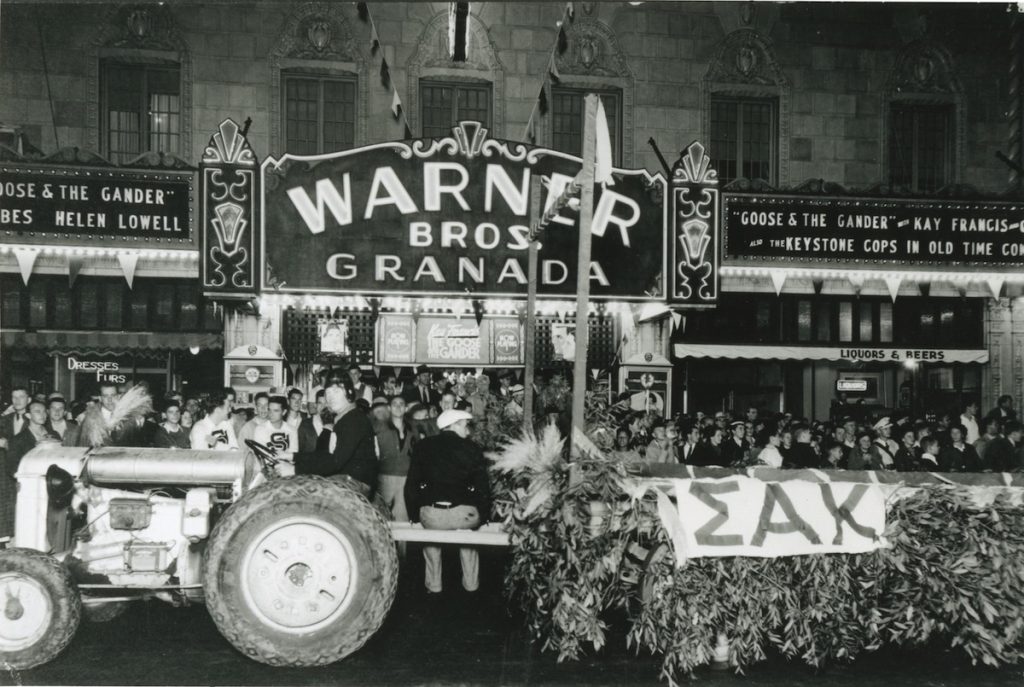
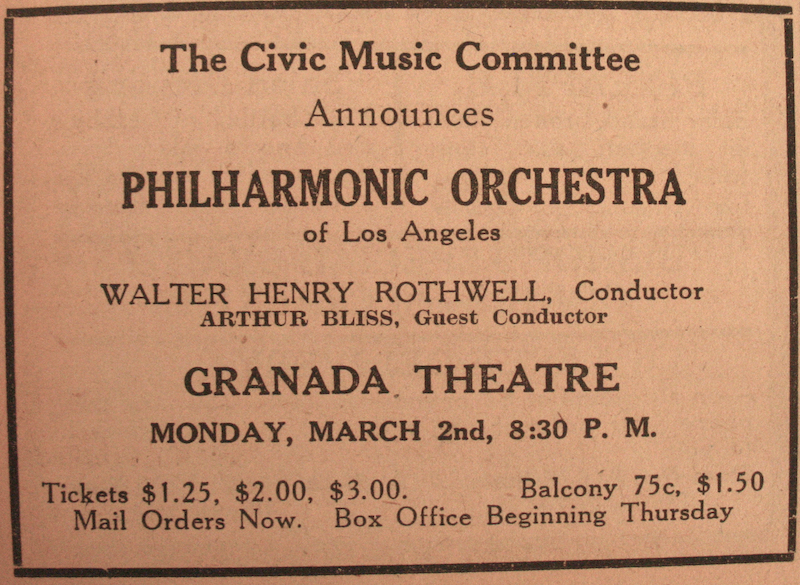
Johnson didn’t hold on to his theater for very long, however, selling it to Warner Brothers in 1931 shortly after the opening of the Arlington Theatre and the beginning of the Depression.
In 1955, the Granada was sold again, this time to Metropolitan Theaters, so concerts like the CAMA-sponsored New York Philharmonic Orchestra and two shows by the Society of American Magicians vied with the latest releases of The Desperate Hours starring Humphrey Bogart and Fredric March, and the adults-only The Bad Seed.
Over the years, the Community Arts Music Association and other local performance organizations vacillated between booking their seasons at the Granada and the Arlington. Finances, availability, lighting, acoustics, comfort, and number of seats were the major factors in those decisions. In 1976, CAMA and other local performing arts groups placed their hopes on an enlarged and renovated Arlington. Not completely satisfied with the acoustics of the Arlington, they discovered that the possibility of returning to the Granada was no longer an option because the balcony section had been converted into two mini theaters in 1981, and the Granada became mainly a movie house.
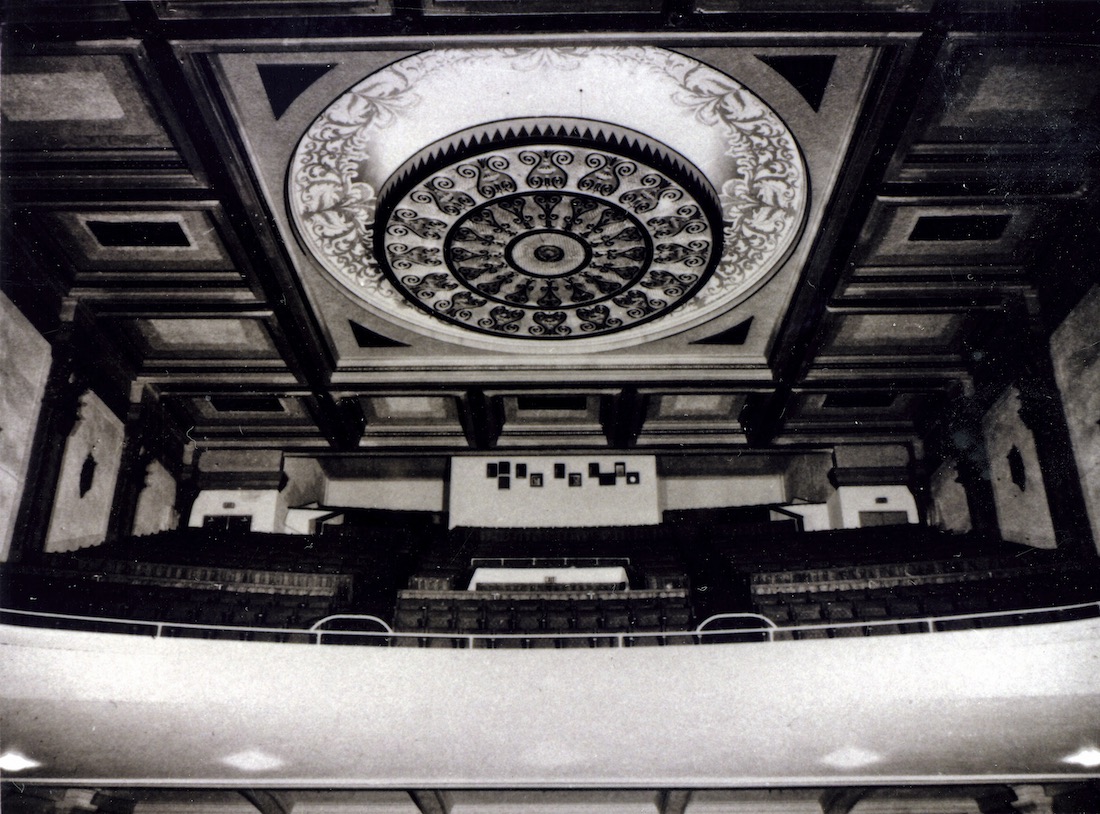
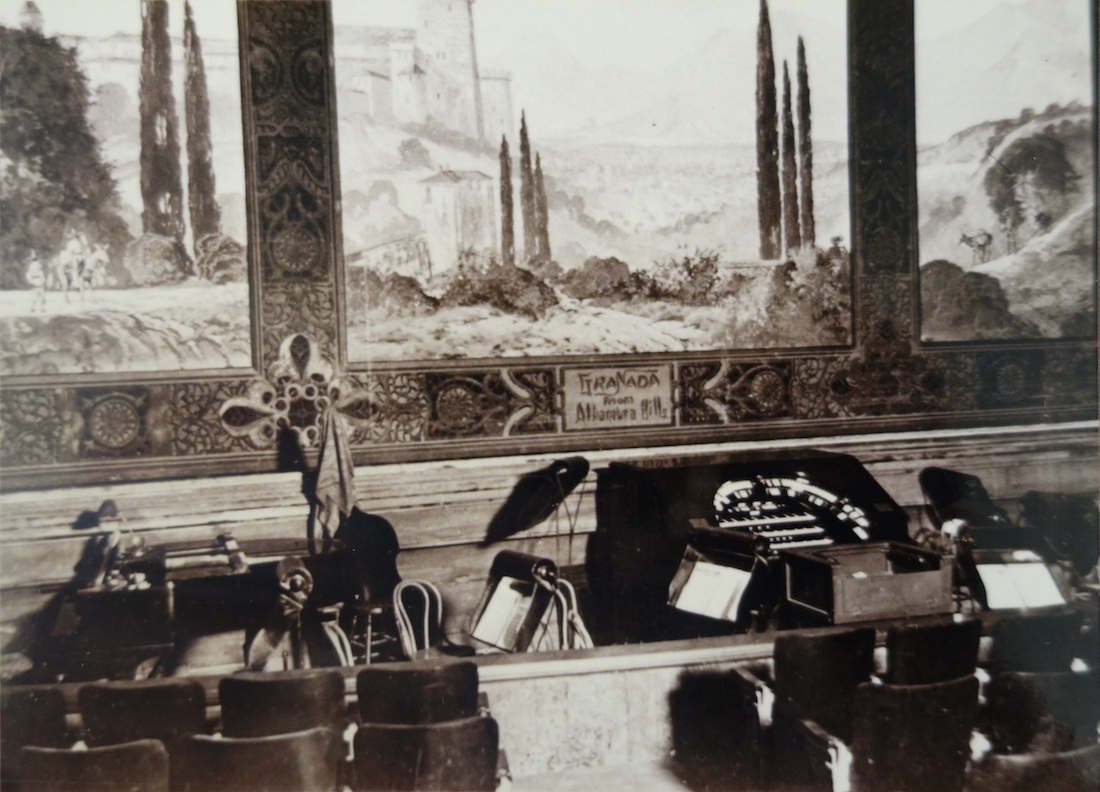
The Santa Barbara Center for the Performing Arts
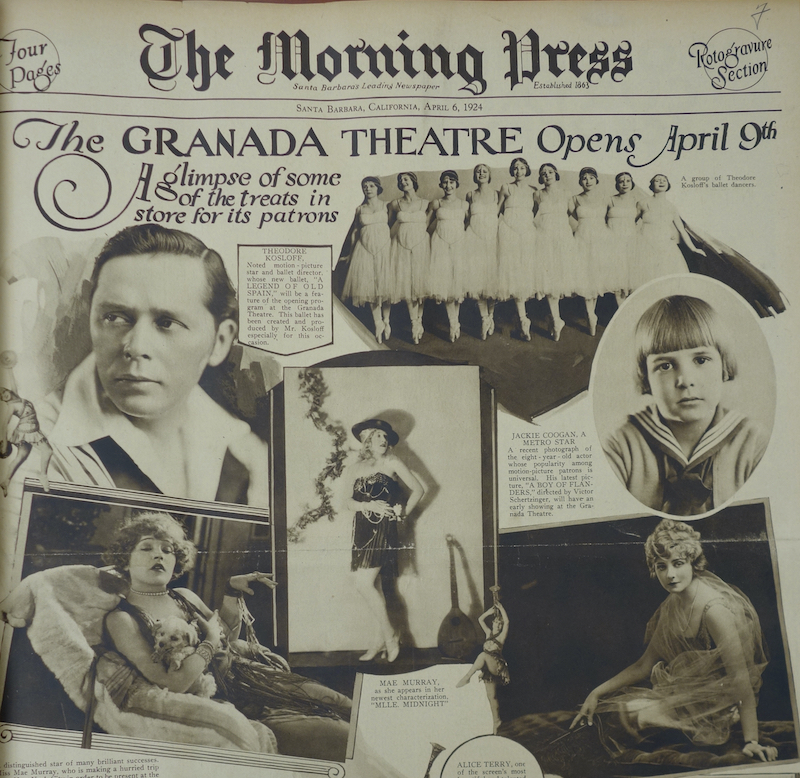
In 1997, former mayor and civic promoter Hal Conklin, president of the Santa Barbara Renaissance Fund, revealed extensive and elaborate plans to create a performing arts cultural center on the 1300 Block of State Street, the entire block across from the Granada. The plan included major interior changes for the Arlington as well as eventual renovation of the Granada Theatre. When it became clear that the Arlington would not be available because Metropolitan Theaters wasn’t guaranteed nine replacement screens in compensation for losing the Arlington as a movie house, plans to renovate the Granada jumped to the forefront.
In 2003, the Santa Barbara Center for the Performing Arts, Inc. launched a capital campaign and announced that they had obtained an option to purchase the Granada at a below-market price. They planned to renovate the theater so that local and visiting musical groups would have a truly great venue. The cost, they estimated, would be between 15-18 million dollars.
When Joan Rutkowski and Susan Gulbransen approached philanthropist Michael Towbes about the need for a world-class performing arts venue to serve as home to Santa Barbara’s outstanding arts companies, he quickly signed onto the project… and wrote them a check. Then cultural supporters Sara Miller McCune, co-founder of Sage Publishing, and Sarah and Roger Chrisman joined the cause, their combined donations allowing the Center to close escrow on the Granada Theatre. “The project really struck home to me,” said McCune in a February 20, 2003, Los Angeles Times article, “the community stands to benefit enormously.”
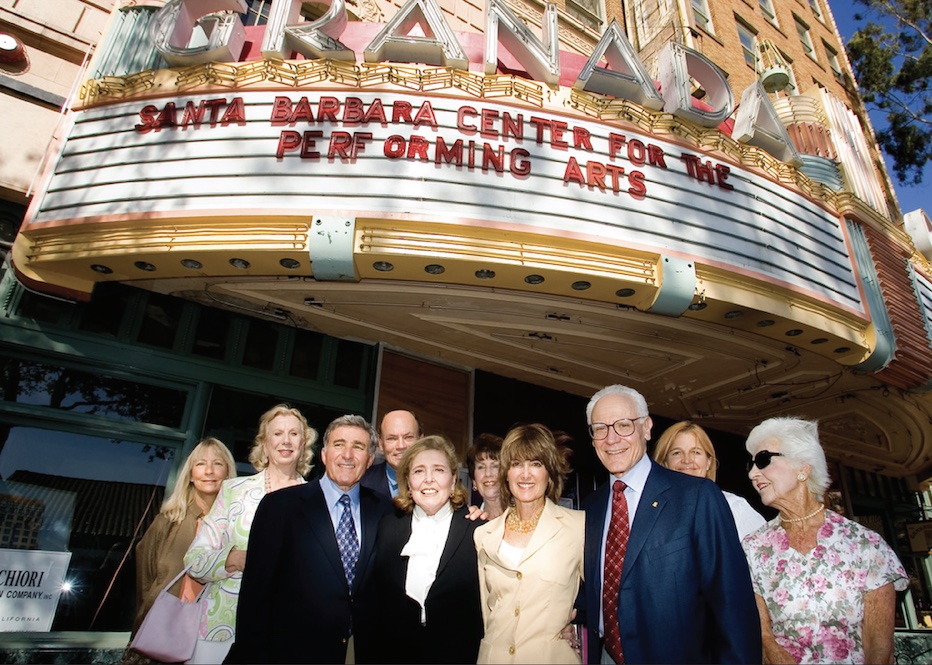
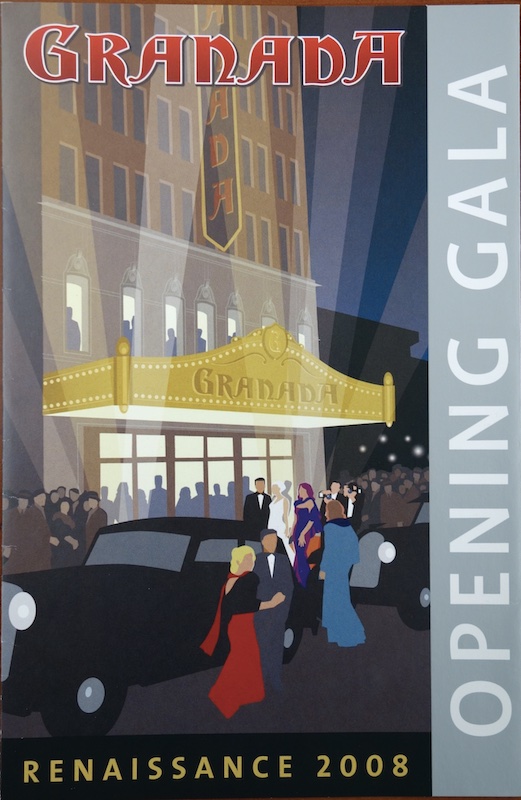
Initial plans were modest. As time passed, however, the planners added elements as they sought to accommodate local performing arts groups. By July 2003 the estimated cost was 20.5 million dollars; by October 2004, it was $32 million; by August 2005, it was $40 million as continuing upgrades over the original plan grew to include an acoustical shell and other elements.
Finally, near the end of 2005, ground was broken and the Granada went dark. Peter Frisch was executive director of the project; Roger Morgan was chief theater consultant; and David Conant of McKay Conant Hoover, Inc. was brought on as acoustician.
With construction costs escalating, complications of a required earthquake retrofit, and specific requests from potential tenants – a list including the Santa Barbara Symphony, Opera Santa Barbara, State Street Ballet, Community Arts Music Association (CAMA), and Music Academy of the West – the price tag for the project soared as well. In the end, the project cost a whopping $60 million dollars, but Santa Barbara had a spacious, first rate, beautifully renovated, technologically updated new performing arts center. Best of all for CAMA and other musical organizations, the enlarged stage and the intricate acoustical system designed by Dave Conant would assure that orchestral performances would truly resonate.
On March 6, 2008, the Granada threw open its doors for a Spanish themed patron’s gala. Santa Barbara Independent reviewer Charles Donelan reported that from the red carpet outside to the grand staircases that flanked the lobby, the space was packed with well-heeled supporters sipping wine and greeting one another enthusiastically. The opening night performances of the Santa Barbara Choral Society and Santa Barbara Symphony, as well as that of renowned pianist Warren Jones, who arrived on stage together with the Granada’s brand new Steinway via the giant open elevator of the orchestra pit, left the audience enthralled. “With the opening of this Granada, a star theater has been born,” wrote Donelan.
The Granada Today
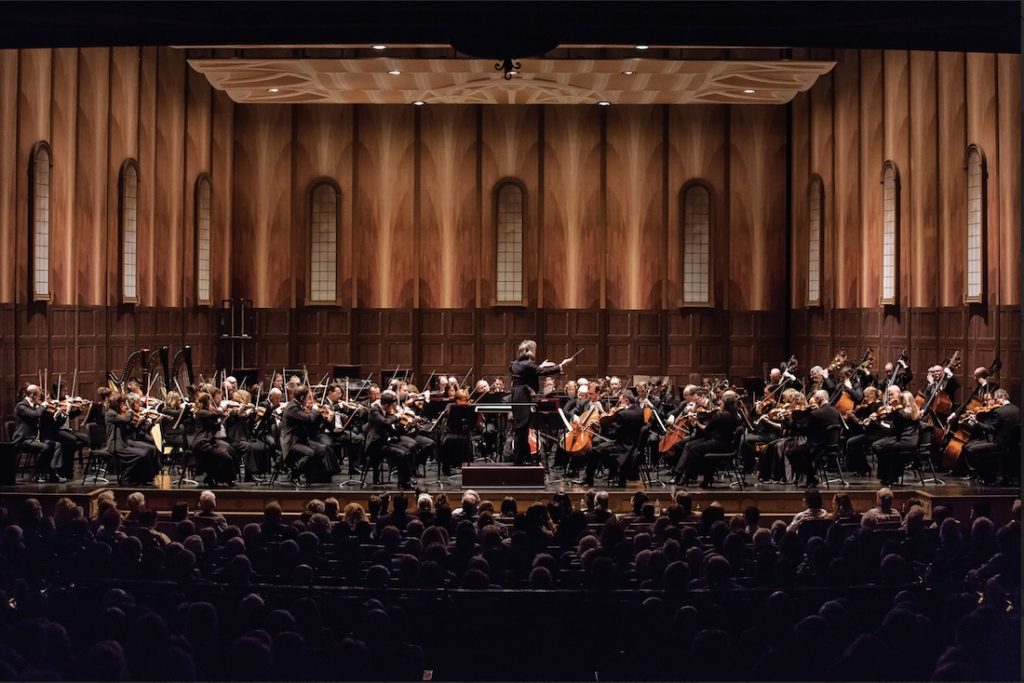
On April 9, that star theater will reach its 100th year. In a recent interview, Jill Seltzer, the Granada’s Vice President of Advancement, and Caren Rager, Chrisman Executive Director and President, reflected on the challenges and successes of the Granada’s role as Santa Barbara’s Performing Arts Center.
Today, eight local performing arts groups make the Granada their home, and the theater attracts over 100,000 people each year to the downtown area. Broadway musicals play once again on the Granada stage, and other local nonprofit organizations and touring companies book performance dates at the theater, as well. “For a town our size, we are blessed to have such a high caliber of performing arts organizations,” says Selzer.
“Endowments, sponsorships, and contributions make it possible to maintain this world class venue,” says Rager. The major portion of Granada funding comes from the local community, including philanthropists, individuals and organizations.
With the exciting success of the performance by the Santa Barbara Symphony and the Doublewide Kings rock-and-roll band playing Van Morrison’s music, the Granada found an additional, exciting new direction. As they move into their second century, they will be cultivating more cross-genre programing and collaboration of local organizations.
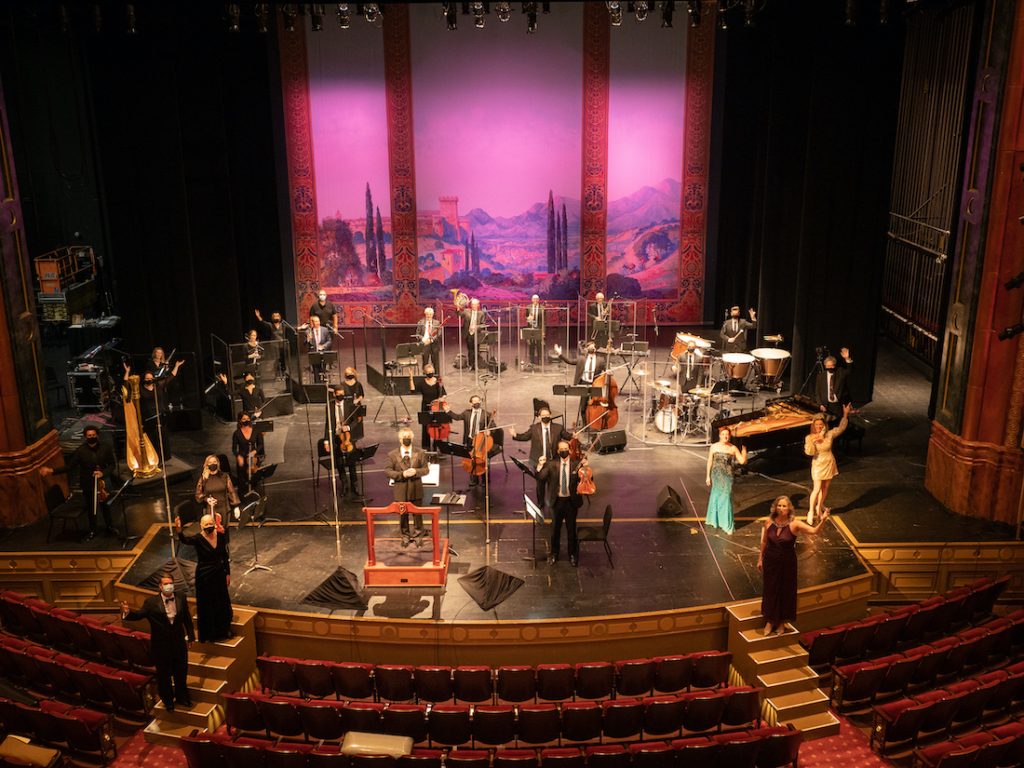
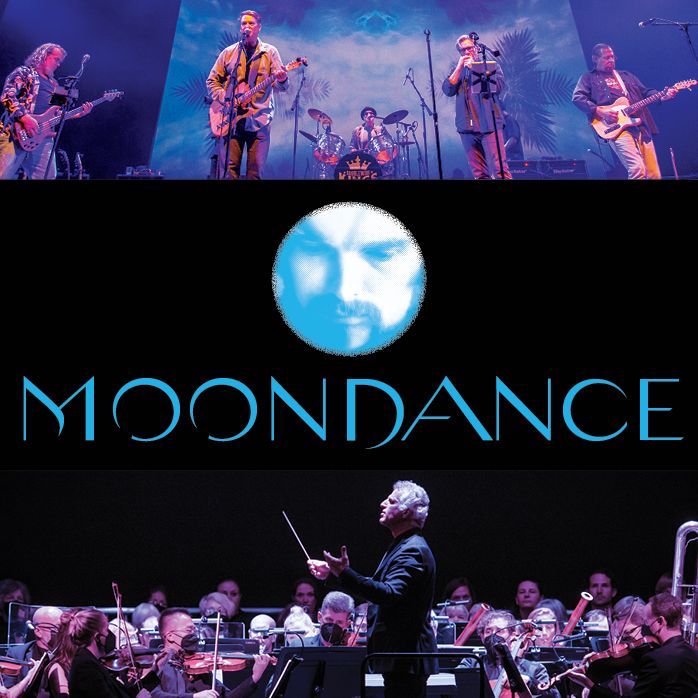
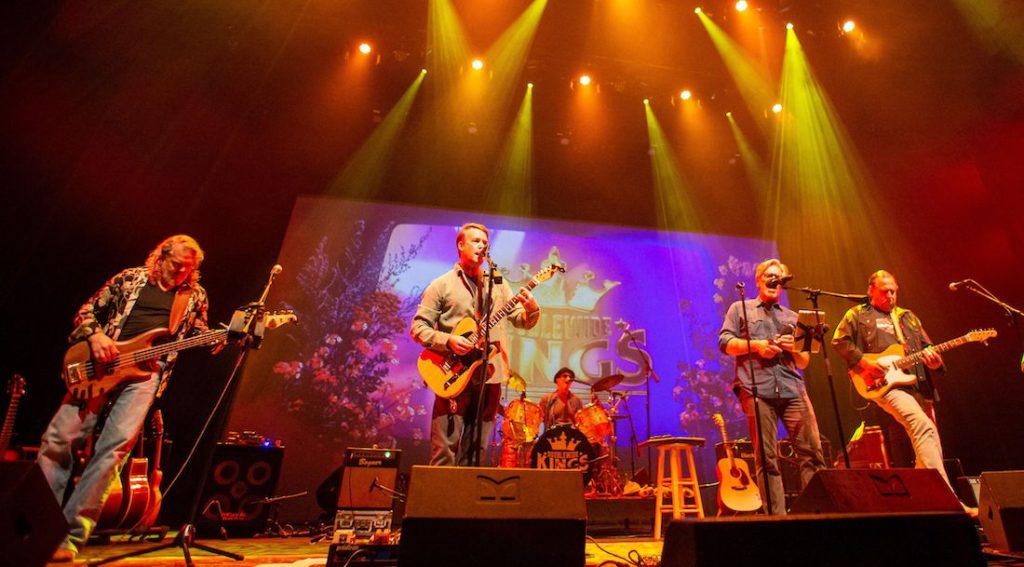
The centennial celebration officially begins with a free screening of a one-half-hour documentary that chronicles The Granada’s story on Wednesday, April 3, at 7:00 pm.
Tickets can be secured for reserved seating at https://ticketing.granadasb.org/19135
“The Granada’s Centennial Festival Weekend, April 12-14, celebrates its history through a screening of Buster Keaton’s Sherlock Jr., a silent film presented in 1924. The second feature, Star Wars: A New Hope, screened for 15 weeks at the Granada when it premiered in 1977.
Saturday night celebrates the present with a performance by Pacific Jazz Orchestra during its inaugural season. Lastly, Sunday celebrates the future with solo performances by young Santa Barbara artists and production numbers from each of the three high schools’ musicals that open later in April.
For more information and tickets go to GranadaSB.org or call 805-899-2222








You must be logged in to post a comment.